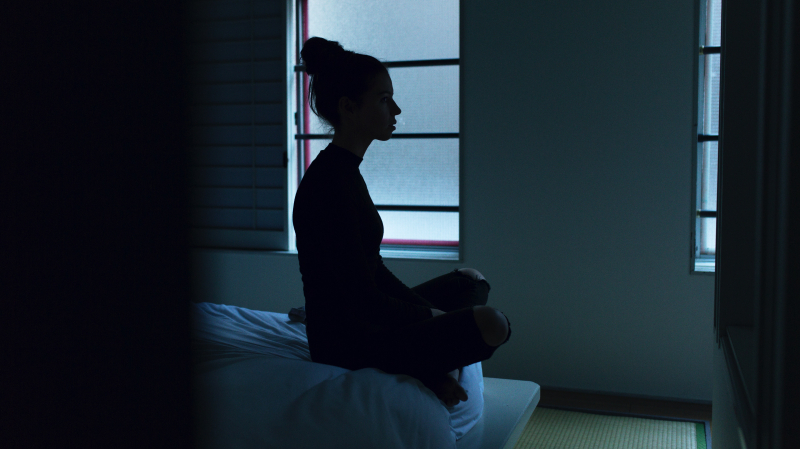Understanding stress
According to the Cambridge Dictionary, stress is “great worry caused by a difficult situation, or something that causes this condition.” It can manifest as tension in your neck, back and shoulders, rashes, uneasiness in your stomach, headaches, changes in your appetite, or other ways (see more here). Another thing to remember about it is that, from an evolutionary standpoint, it’s meant to prepare our bodies to act quickly in situations of immediate danger – such as when we are running away from a tiger. Our hearts start beating faster with adrenaline while our blood-clotting systems prepare for potential blood loss.
Combined, these reactions result in additional strain on our cardiovascular system, increasing the risk of various associated diseases. Unfortunately, this mechanism isn't as good at dealing with the kind of stress we tend to commonly experience – which mostly revolves around social situations. However, we shouldn’t view this reaction as a completely negative one: this attitude only increases its damaging effect. Instead, experts suggest, one strategy is to view this extra blood flow and alertness as something positive, to see it as our bodies helping us cope with unusual stimuli.
Changing your mindset, especially under stress, can seem like too much work, and thankfully there are other, simpler, strategies we can turn to before advancing to this step.

Credit: Ben Blennerhassett (@benblenner) on Unsplash
Addressing your feelings
In 2020, the WHO released an illustrated manual on dealing with stress, which offers five techniques that you can practice anywhere and at any time. Here they are in brief (do look at the suggested exercises in the full version!):
- Grounding. This means being present in your body and in the current situation. Noticing what you think and feel, paying attention to what you can see, smell, hear, touch, or taste. Fully engaging in whatever it is you are doing right now.
- Unhooking (from difficult thoughts and feelings). Pay attention to the troubling thought, feeling, or memory and acknowledge it by naming it. It’s as if to say “I see you, I know you are there, and I am not trying to avoid you.” The manual suggests combining this approach with grounding to refocus on what you are doing at the moment.
- Acting on your values. Remember (or discover) what values are important to you – what is the kind of person you would like to be? Then, think about the tiny actions you can do to live by your values. For example, if your values are generosity and kindness, then maybe you can pay someone a compliment and express your admiration or gratitude.
- Being kind. If you are experiencing a difficult feeling, treat it with kindness. It is normal to feel what you feel and you, just like anyone in the world, deserve kindness. If you are kind to yourself, you have more energy to be kind to those around you. Here, I experienced a deep relief from the exercise that suggested imagining your hand is filled with kindness and placing it somewhere on your body where you feel pain.
- Making room. This tool is about giving space to your thoughts and feelings. First, notice them and imagine them as physical objects that you can describe (e.g., “like a heavy cold gray stone”). Then, name this feeling and let it come and go like the weather. This allows you to not fight the feeling but allow it to coexist with everything else you are doing and feeling – like all different kinds of weather move through the sky.
Be gentle, kind, and patient while doing the exercises. Even one minute of grounding can bring you relief, allowing you to cope with and accept your feelings.

Credit: Tim Goedhart (@nofilter_noglory) on Unsplash
Movement can help
If you are feeling restless under stress, try to use it to your advantage. It is suggested (see here and here) that stimulation of the vestibular system can help boost your mood. You can choose any activity – walking and dancing or more complex sports – instead of forcing yourself to sit still. If you are out of creative solutions, just get off a couple of stops earlier on your way home or take a long walk in the city. After exercising, grounding and other techniques suggested above can come easier, too, thanks to the hormones released by your body during physical activity.
Another thing that might sound counterintuitive is to try and do something new for any of your senses. Surround yourself with bright colors, start a new book, find a new song to play, or, if you can, try learning a new language or activity. Even a small step that mildly diversifies your routines can be beneficial – so, if taking a new route on your way home or boiling yourself a new kind of tea is all you can do now, it can be beneficial, too.
If you are finding it hard to focus on something in the physical world, look into our guide on physical detox and try to take a gentle step away from the screen.
We hope this article proves helpful. Remember that you are not alone in any stressful situation. And if you are looking to explore other topics related to mental health, head here.




